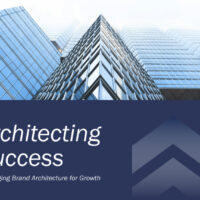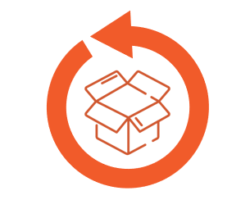
Future of Packaging: Re-thinking Plastic Solutions
Future of Packaging: Re-thinking Plastic Solutions
Overview
Core to unlocking disruptive growth for manufacturers is identifying new consumer trends and quickly moving to innovate against them. Identifying these trends is often grounded in understanding your leading-edge consumers. For example, Blue Buffalo built a dog food brand that tapped into burgeoning needs of pet parents underserved by established brands. The idea: meat should be the first
ingredient in the ingredient panel. By curating the brand in channels where pet parents relied on store associates for nutritional advice and fueling social media mavens, they were able to accelerate the meat-first trend and disrupt the dog food space – leading to General Mills’ acquisition of the brand last year for $8 billion.
The Next Leading-Edge Trend & Why Now?
Listening to leading edge consumers and social media conversations, it is clear to us that the volume around the environmental impact of plastic packaging has turned up a few notches. We believe one of the next leading-edge trends primed to transition into the mainstream is alternative packaging solutions.
Manufacturers tapping into the alternative packaging trend is not a new concept. Water filtration systems (Brita, Pur, etc.) have grown over the last 20 years and were predicted to make bottled water obsolete. Yet, today bottled water remains the fastest growing beverage category in the US at 9%.
We believe this time is different.
The negative impact of plastic among leading-edge consumers is at a tipping point. Consumers are more invested than ever in brands that demonstrate a conscious effort to support sustainability. Social media disseminates this message and connects consumers that share this sentiment like wildfire.


At the same time, Big CPG’s efforts to connect with these consumers – and social pressure accelerating around reducing plastic waste entering the oceans – is ushering this concern into the mainstream.
Eliminating plastic is quickly becoming a standard, with company after company coming out with their own sustainability pledge.
Plastic Disruption is Already Occurring
Big CPG can only go so fast. Supply chain complexities and profitability concerns require them to pick their spots and manage against longer time horizons. This opens the door for Challenger brands to strike quickly, putting the consumer first. We’re already seeing brands succeed in positioning alternative packaging solutions as a core piece of their consumer value equation:
Lush Cosmetics

Boasts minimal, 100% recyclable packaging on all its products; it is one of the fastest-growing beauty retailers in the U.S., with North American sales increasing 25% in 2017 and reaching $550 Mil.
LOLI

Educating consumers that most beauty products are >95% water and use more plastic than necessary is a core focus. The brand minimizes its packaging footprint by removing water from beauty products, using glass and offering consumers a unique “blend it yourself” experience.
Carlsberg

Danish brewing company introduced new pilsner six-packs held together with adhesive rather than plastic rings in a bet that the eco-friendly packaging will attract younger consumers.
We believe the manufacturers that can act quickly and short-circuit the time horizons of big CPG will create advantage by appealing to consumers and customers that desire plastic alternatives.
What to Do
 Be truly consumer-first
Be truly consumer-first
Core to the DNA of Challenger brands is an understanding of your leading-edge consumers’ values and a commitment to use packaging to better meet their needs. Manufacturers must identify the role packaging plays in consumption occasions and shopping trips and bring to market a solution that makes sense. Lush & Carlsberg represent examples of this in action. Lush defined minimal packaging as a core principle of its brand to connect to its millennial consumer base, while Carlsberg’s desire to attract these same consumers led to a solution to reduce plastic rings as a key component of their packaging.
 Get to know your leading edge
Get to know your leading edge
Define the key consumer segment that will lead change within the category and identify the triggers to mainstream the experience. Banza commercialized leading edge food value insight in dry pasta to disrupt traditional boxed pasta – millennial moms rely on pasta as a dinner staple for their families, but value the carrier aspect of the meal (fresh vegetables mixed in with tomatoes) and want to replace the starchy carbs. Brands should speak to and learn from their leading-edge consumers, use these insights to fuel their solutions to reduce packaging within their categories and most importantly message how they are participating in this shift.
 Map demand occasions more broadly
Map demand occasions more broadly
While the core of your business may be grounded in traditional brick & mortar occasions, there is an opportunity to re-think how demand occasions are mapped for your business. Channels such as foodservice and on-premise offer opportunities to reduce your packaging footprint while still accessing your core consumers. For instance, growth of WeWork locations have increased awareness and consumption in the absence of packaging for Kombucha, while Pepsi’s purchase of SodaStream highlights how brands think about accessing new consumption occasions outside their core plastic package.
 Lead the way with eCommerce
Lead the way with eCommerce
Estimates show that roughly 165 billion packages are shipped in the US annually, using cardboard equal to more than 1 billion trees. The tremendous growth of eCommerce will only increase CPG’s contribution to this number. Move beyond transactional goals for ecommerce and use the platform as an insight tool for rapid testing and learning, to refine innovation and the value equation before launching across B&M channels. While packaging changes may require a price increase, test consumer demand online to determine what drives the most value for your consumers while positively impacting the issue of packaging waste online.
 Price Pack Architecture:
Price Pack Architecture:
Given today’s omni-channel environment and the realities of radical price transparency (see growth paper), companies are in constant struggle with customer partners to manage their price pack architecture. Leading companies have used reduced packaging solutions and smaller sizes to access unique consumer needs, such as Coke’s introduction of 7.5-ounce mini cans. Not only do these products meet new needs, they also offer manufacturers the opportunity to reduce overall packaging – and margin up – through smaller, opening-price-point items. Consider offering reduced sizes to both participate in this trend and meet consumer needs that may exist for your product portfolio.
Conclusion
We are at a tipping point for alternative packaging solutions. This trend should be an opportunity to reimagine packaging as both an outsized influencer for core consumers and a positive difference-maker on the sustainability front. Manufacturers must evaluate their own brand priorities and consumer set to find areas in which they can participate and lean in to be at the forefront of this change.
As always, we want to hear from you! If you’d like more information on how to re-think packaging, or want to share how your company is addressing this issue, please reach out at info@seuratgroup.com.
Sources:
https://www.beveragedaily.com/Article/2018/06/01/Bottled-water-takes-top-spot-in-US-in-2017
https://www.fastcompany.com/40560641/can-online-retail-solve-its-packaging-problem
https://www.npr.org/2018/07/09/627220348/starbucks-goodbye-plastic-straws
http://mypbrand.com/2016/11/06/walmart-commits-to-100-recyclable-private-brand-packaging-by-2025/

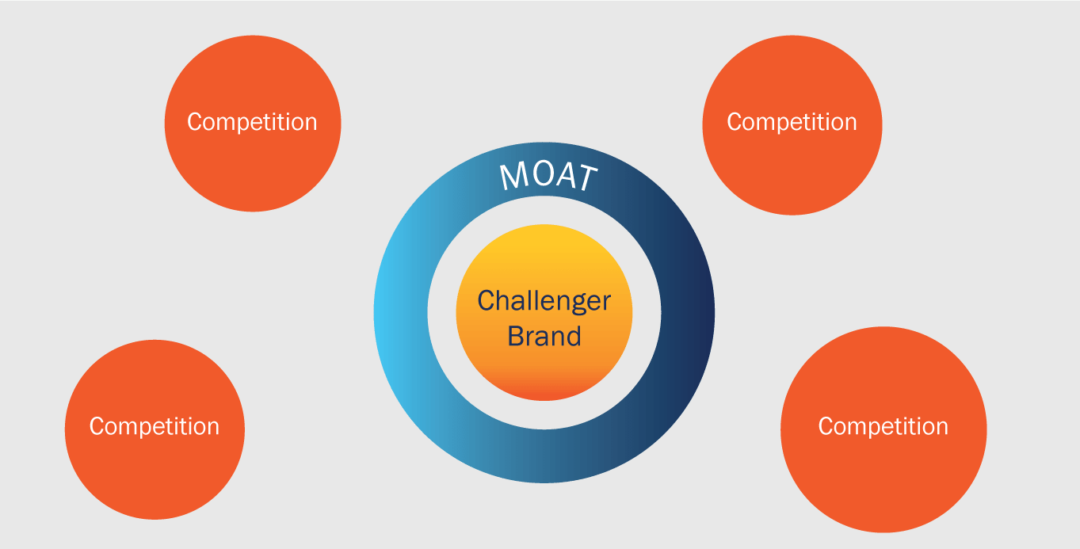
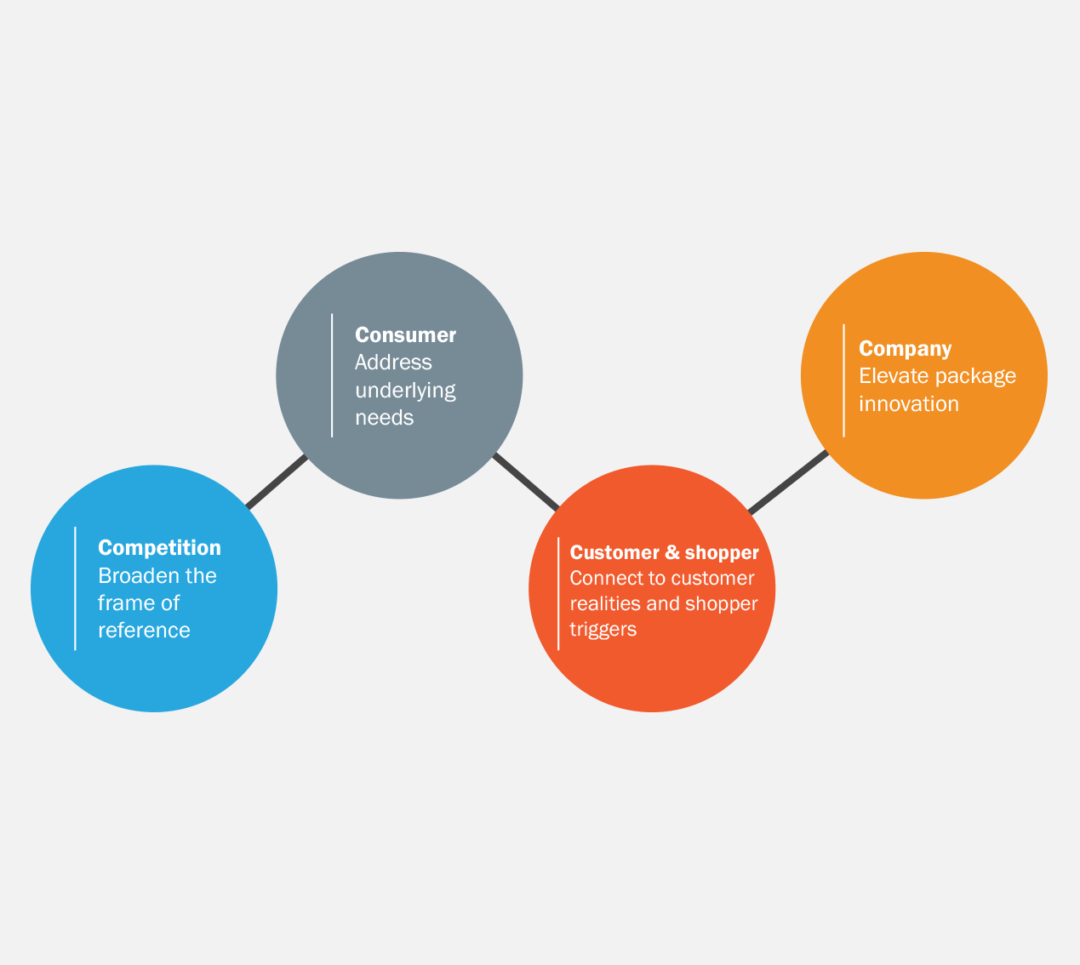
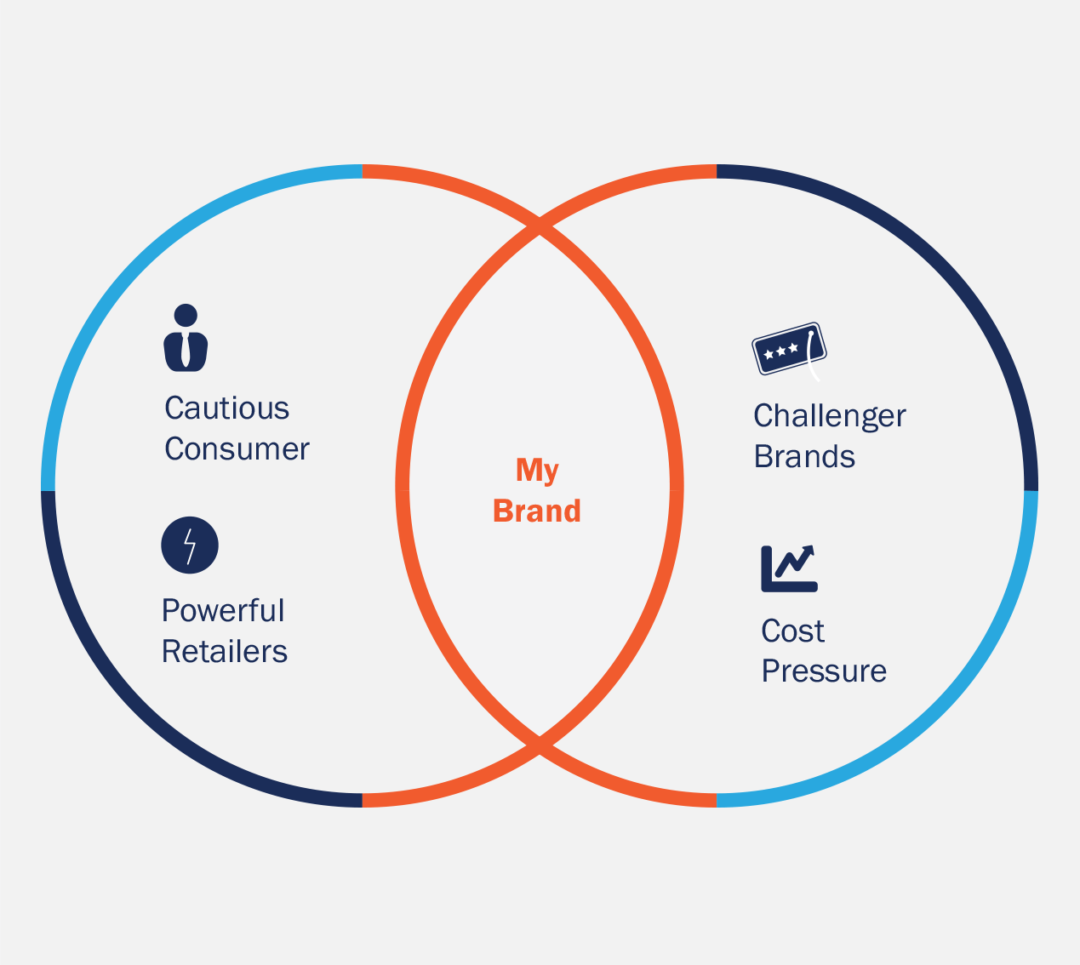
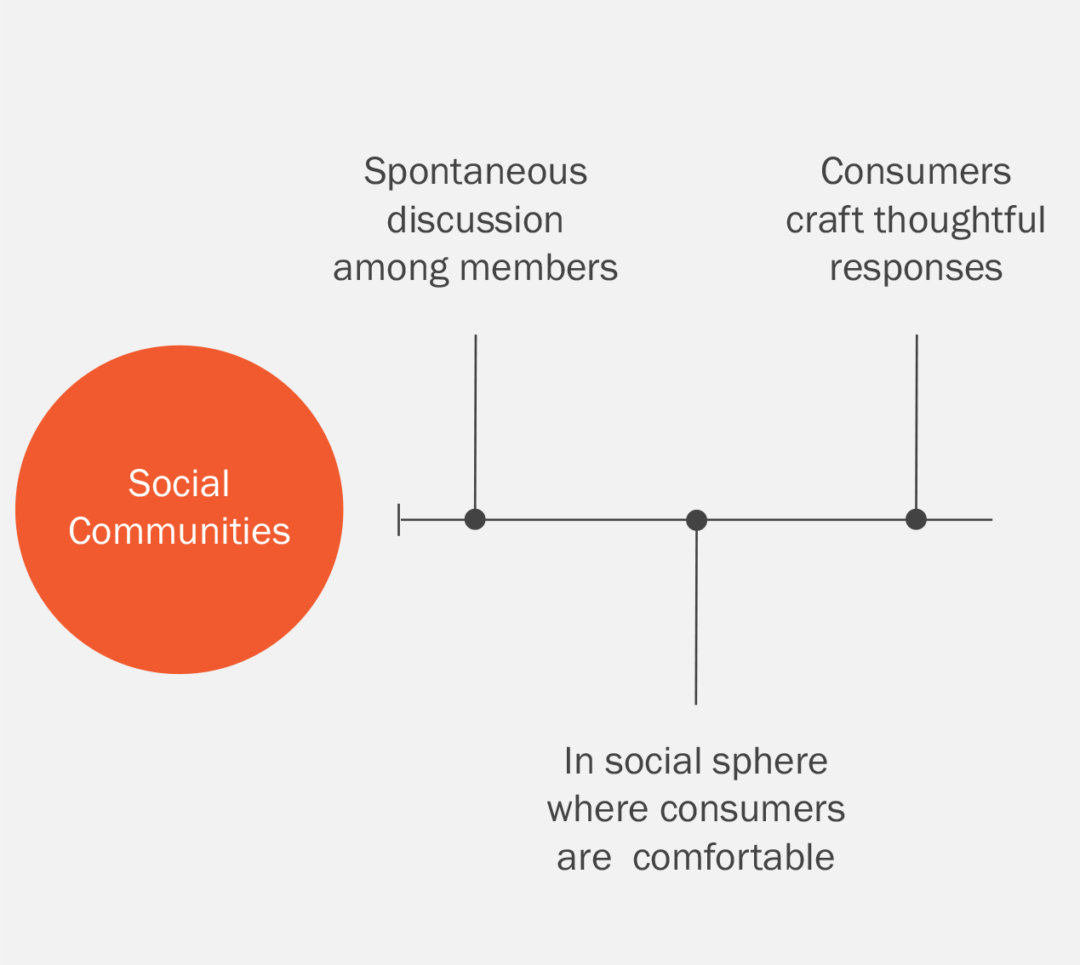
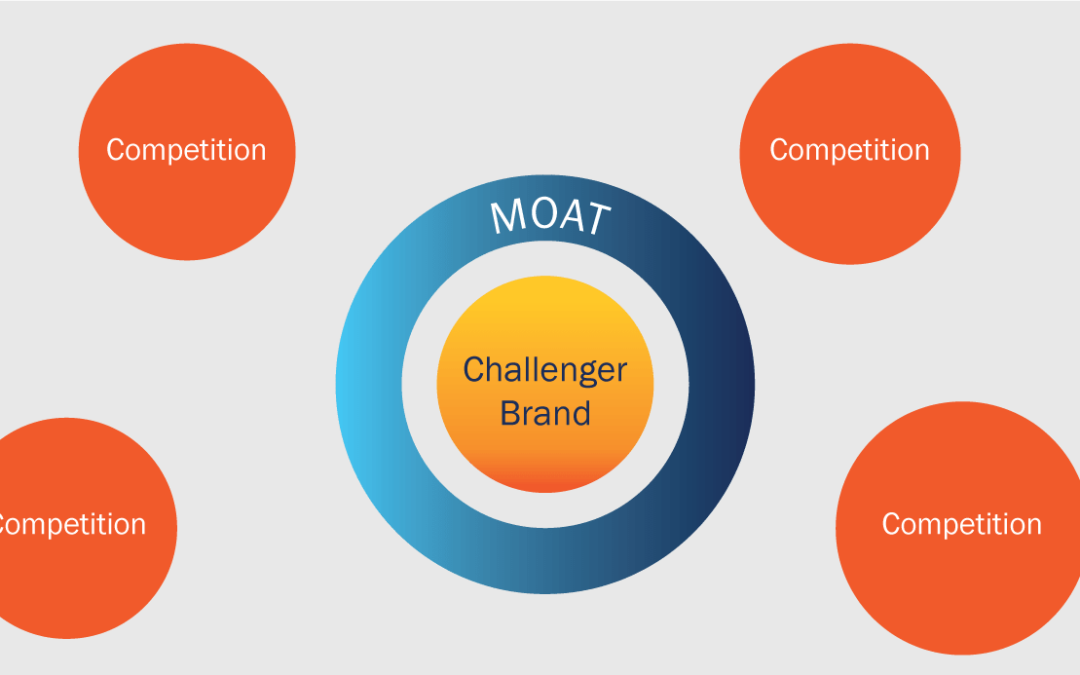
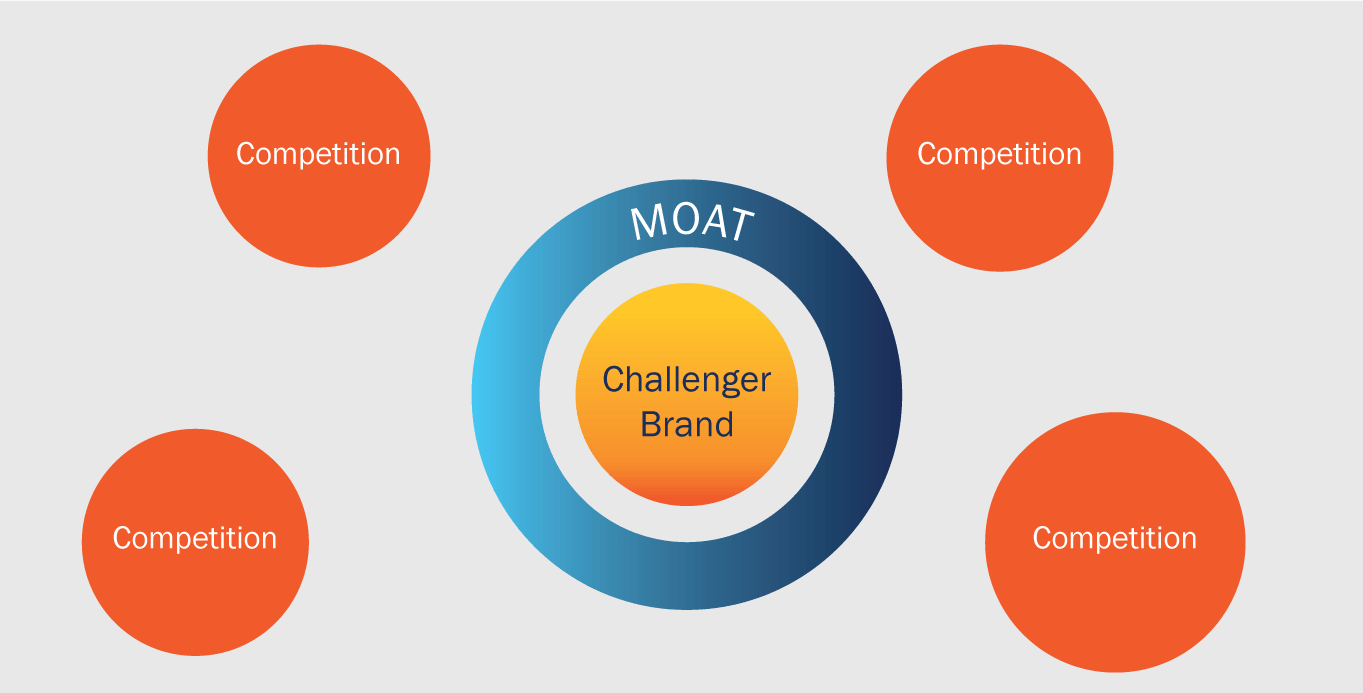
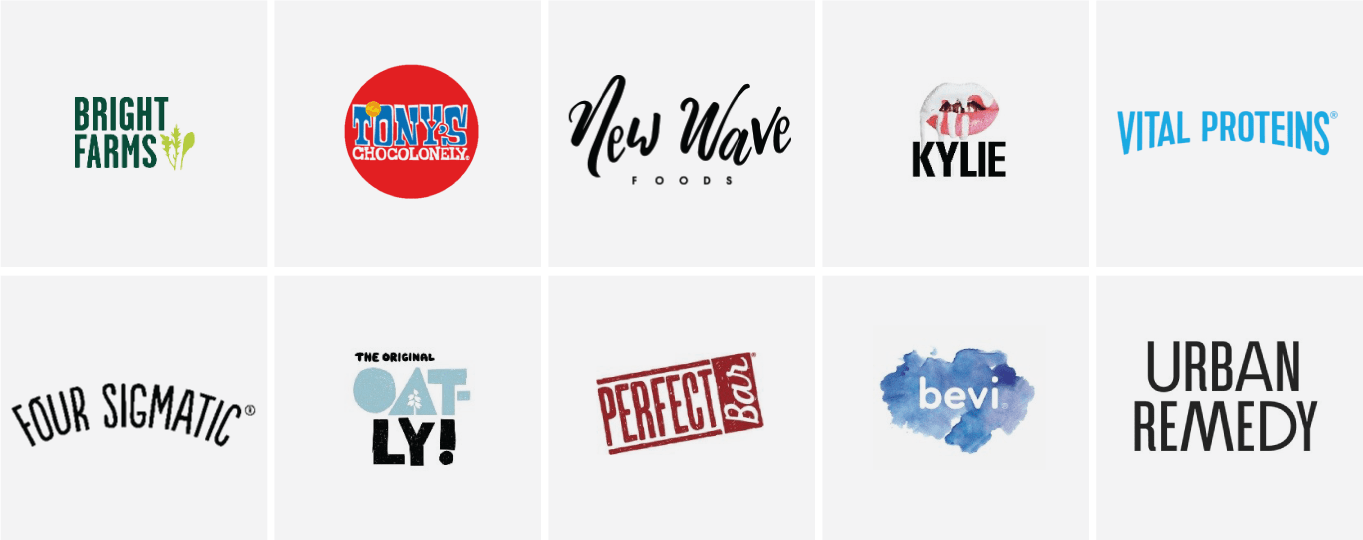
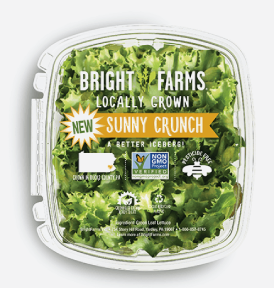

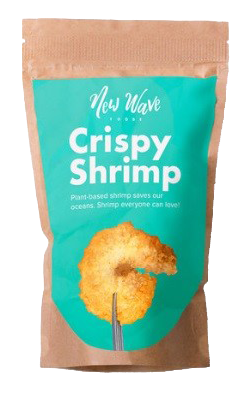
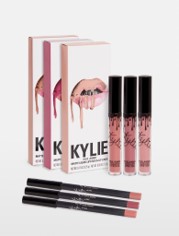
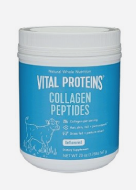
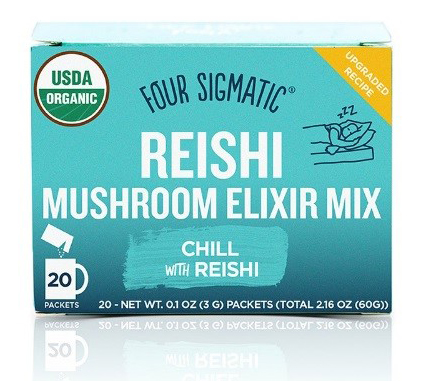
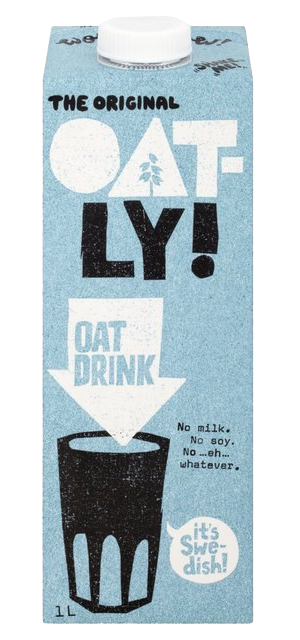

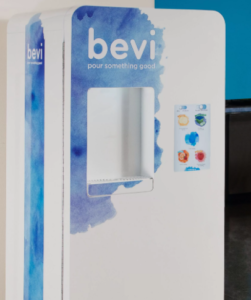
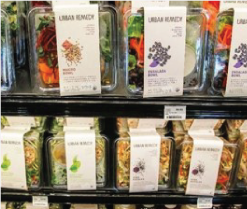
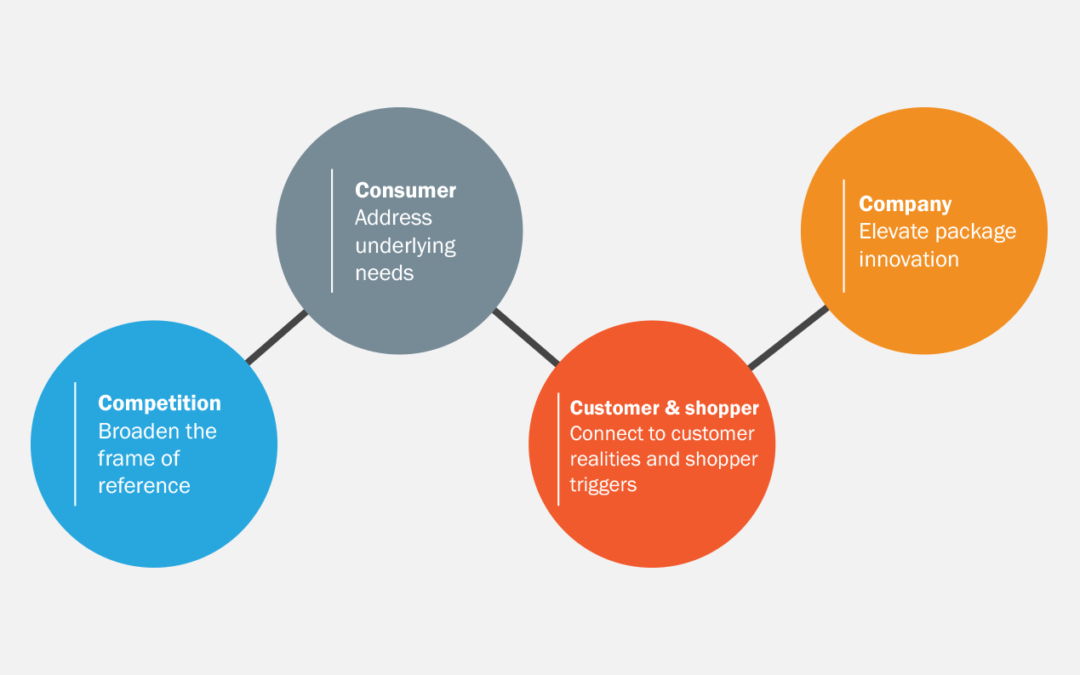
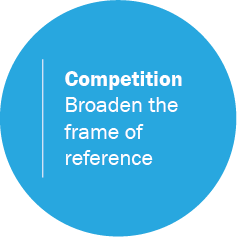

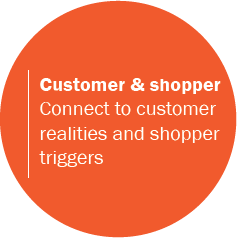
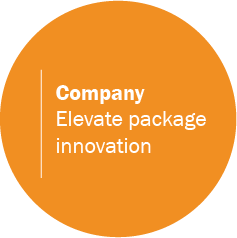
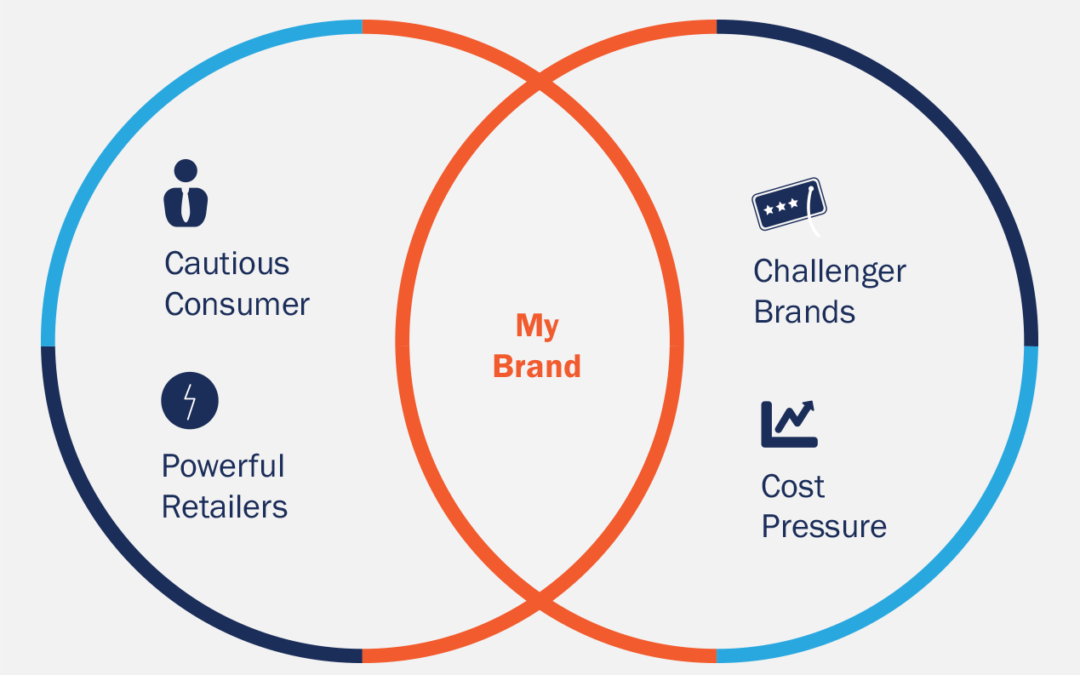
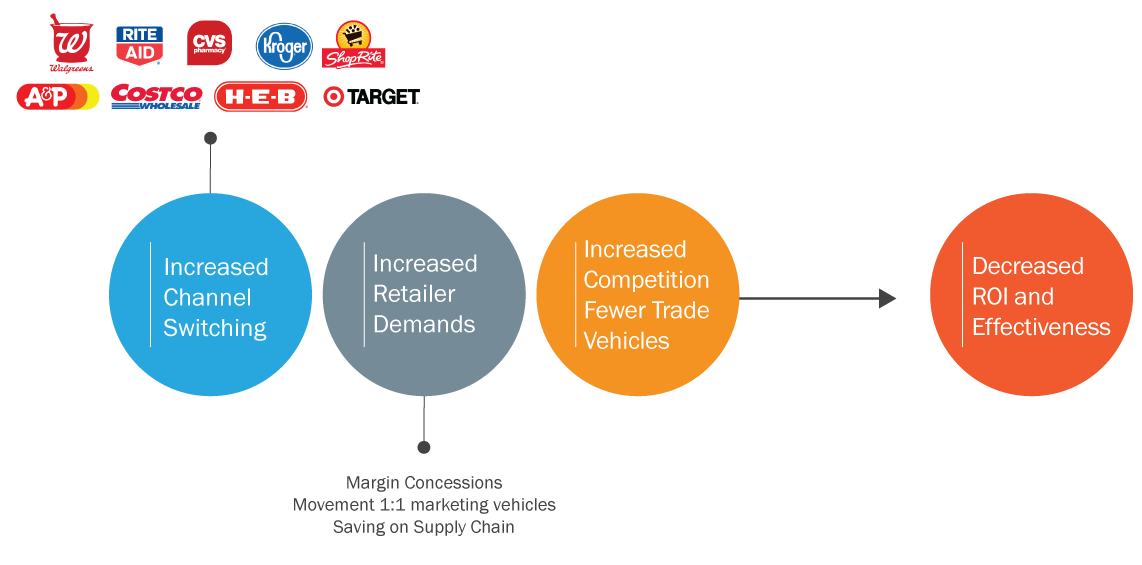




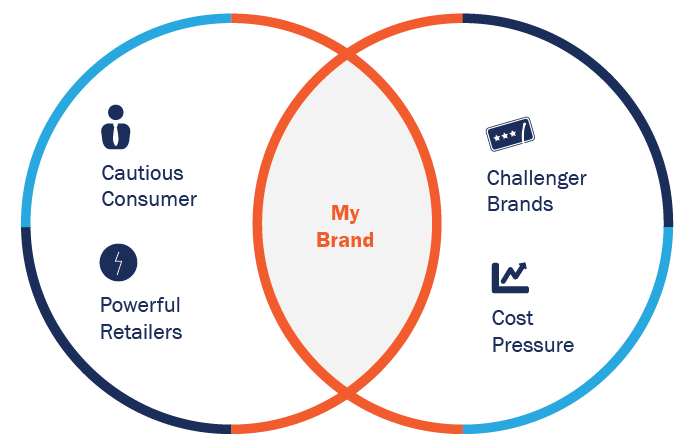


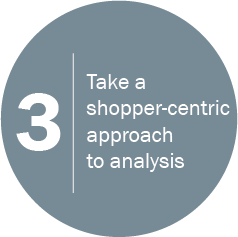

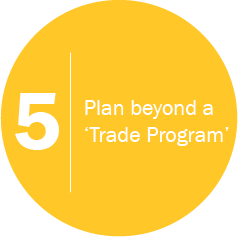
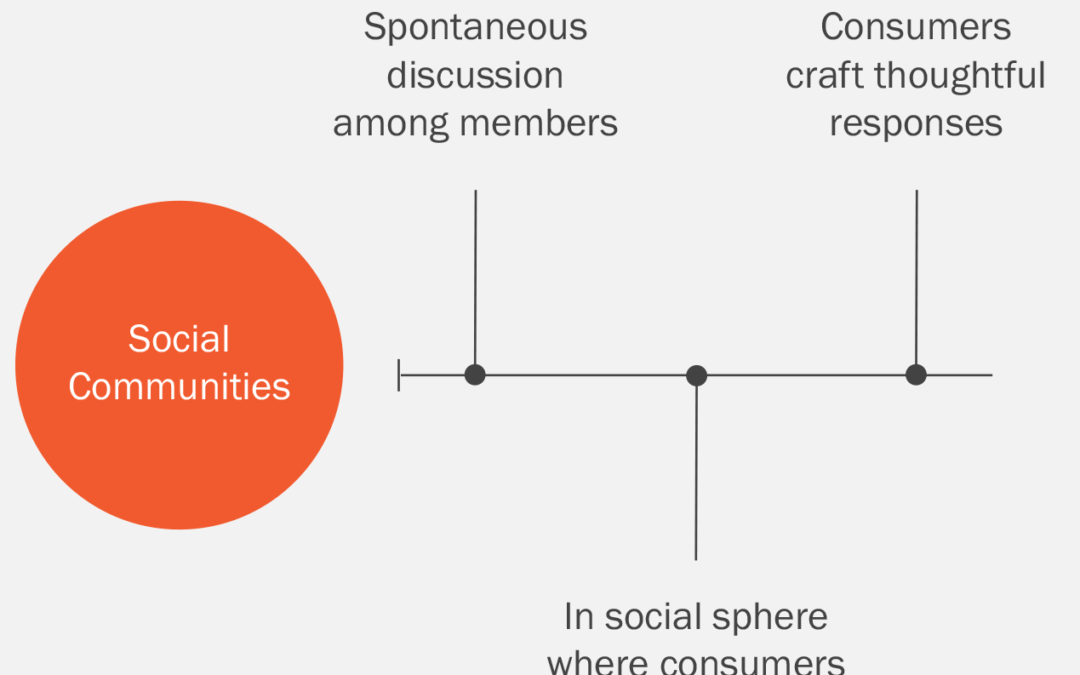
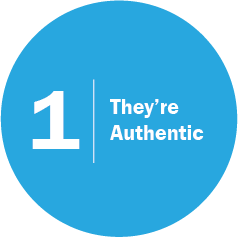
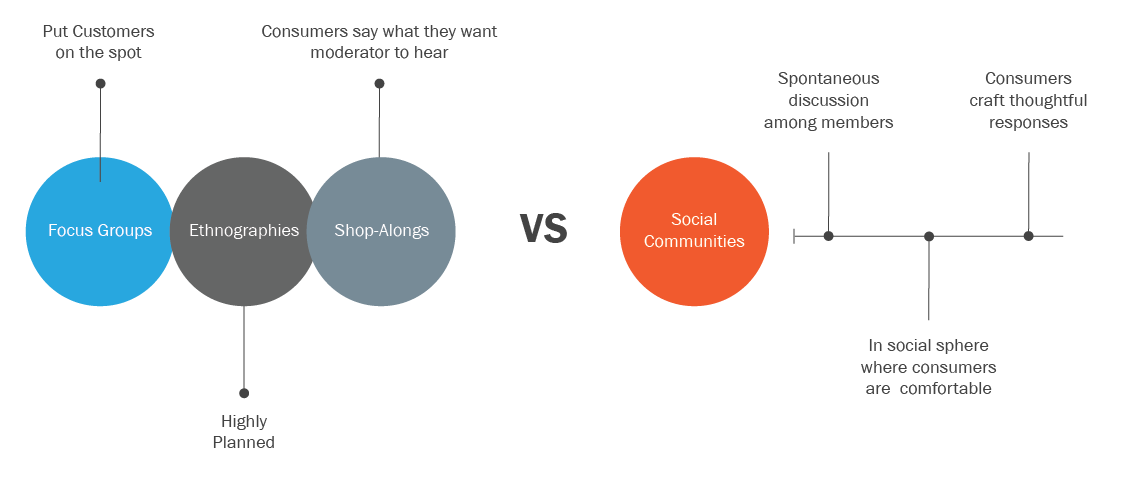
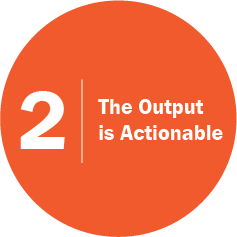


 “At the beginning, I thought ‘boy, this is going to be a long process.’ Now all I’m thinking about is how worth it communities are.”
“At the beginning, I thought ‘boy, this is going to be a long process.’ Now all I’m thinking about is how worth it communities are.” “I never thought we could get such great data from social media.”
“I never thought we could get such great data from social media.” “This is truly a frontier in market research. In all my time in Insights, I’ve not seen qualitative learning this robust.”
“This is truly a frontier in market research. In all my time in Insights, I’ve not seen qualitative learning this robust.”